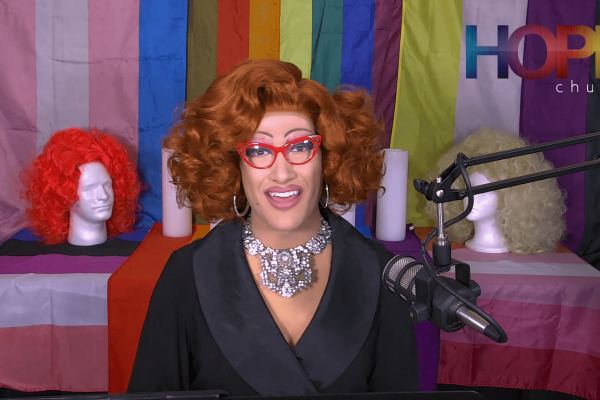Apr 16, 2021
Isaac Simmons is right in the thick of it. Simmons, 23, is the first openly gay man certified for candidacy for ordination in the Illinois Great Rivers Conference of the United Methodist Church. And if that wasn’t enough of a barrier to break through, he’s not doing it alone. Instead, he’s bringing along Ms. Penny Cost — his drag persona.
Read the Full Article

Already a subscriber? Login
